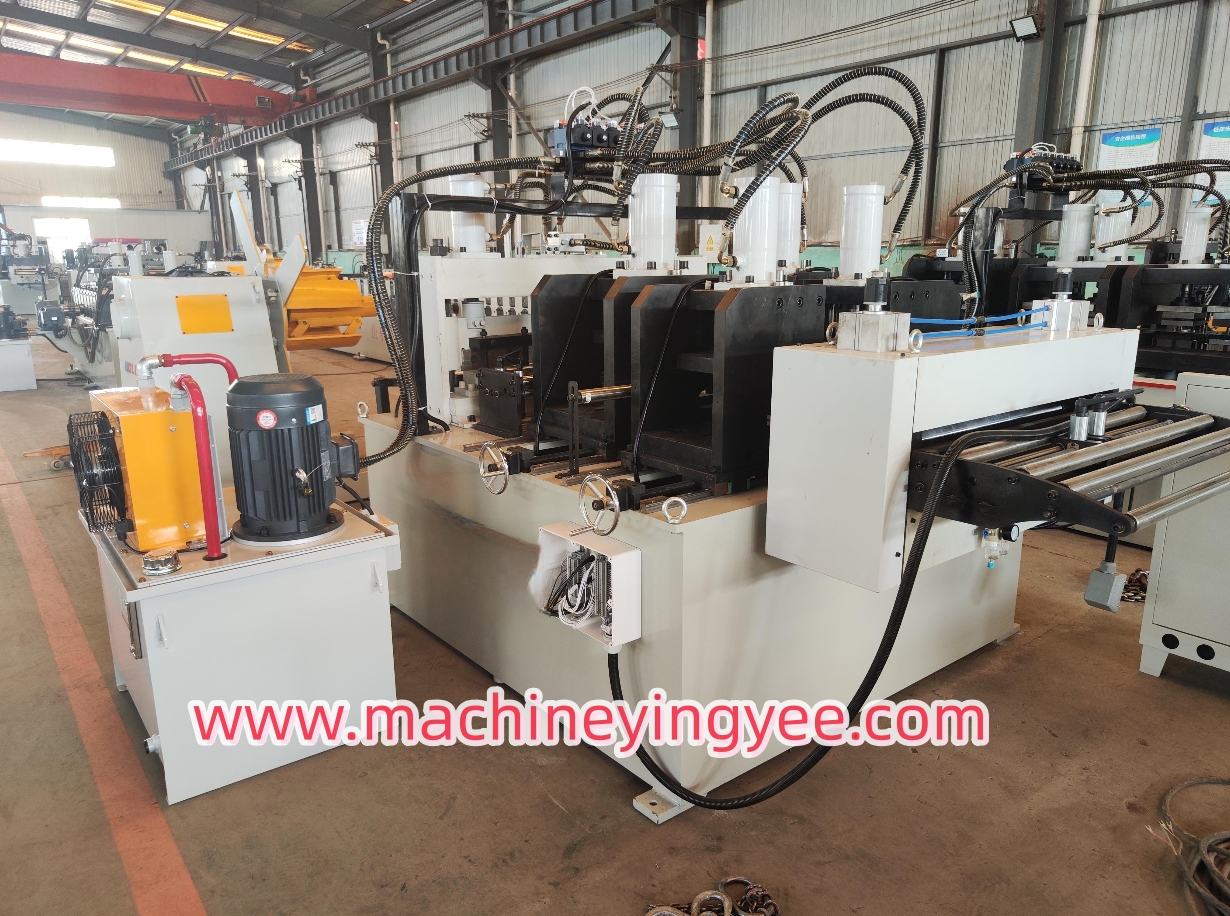
The Importance of Noise Barrier Cold Bending Machines in Modern Infrastructure
In the ever-evolving landscape of urban development, the need for effective noise control has become increasingly critical. One of the key solutions to this issue lies in the implementation of noise barriers, which serve to mitigate the sound pollution generated by roadways, railways, and industrial sites. Central to the production of these barriers is the noise barrier cold bending machine, an innovative piece of technology that ensures the efficacy and durability of noise barriers.
Understanding Noise Barriers
Noise barriers are structures designed to shield residential areas, schools, and other noise-sensitive environments from excessive sound. Typically constructed from materials such as concrete, metal, or composite materials, these barriers are often erected alongside highways and railroads. Their primary function is to absorb or reflect sound waves, thereby reducing the overall noise impact on the communities behind them.
The Role of Cold Bending Machines
Cold bending machines are specialized equipment used in the manufacturing process of noise barriers. Unlike traditional bending methods that employ heat, cold bending is performed at room temperature, which allows for greater precision and maintains the integrity of the materials being processed. This technique is especially important for producing noise barriers, as these structures must not only be aesthetically pleasing but also structurally robust.
The cold bending process allows manufacturers to create intricate shapes and designs that can be tailored to meet the specific sound attenuation needs of a given area. This flexibility is crucial, as different environments present unique noise challenges. For instance, a noise barrier installed along a busy highway may require a different design compared to one situated near a quiet residential neighborhood.

Advantages of Cold Bending Machines
Employing cold bending machines in the production of noise barriers offers several advantages. Firstly, it provides enhanced accuracy in shaping materials, which guarantees a better fit and finish for the barriers. This precision is crucial, as any gaps or imperfections can lead to sound leakage, diminishing the effectiveness of the barrier.
Secondly, cold bending reduces the risk of damaging the material. When heat is applied, there's always a risk of compromising the material's structural properties. Cold bending preserves the strength and durability of materials, ensuring that noise barriers stand the test of time under various weather conditions.
Lastly, the cold bending process is more energy-efficient compared to hot bending methods. This efficiency not only reduces production costs but also has a positive environmental impact, aligning with modern sustainability initiatives that seek to minimize energy consumption and waste.
Applications and Future Prospects
The significance of noise barrier cold bending machines extends beyond mere noise control; they contribute to the overall quality of life in urban areas. As cities continue to grow and develop, the need for effective noise mitigation solutions will only increase. The advancement of cold bending technology will likely lead to even more innovative designs and materials, enabling manufacturers to produce barriers that are not only more effective but also more environmentally friendly.
In conclusion, noise barrier cold bending machines play a crucial role in modern infrastructure development by facilitating the creation of effective noise control solutions. Their ability to produce precise, durable, and aesthetically pleasing barriers makes them indispensable in our increasingly noisy world. As technology continues to evolve, the potential for improving noise barrier design and production through cold bending will be an exciting area to watch, poised to enhance urban living conditions for generations to come.